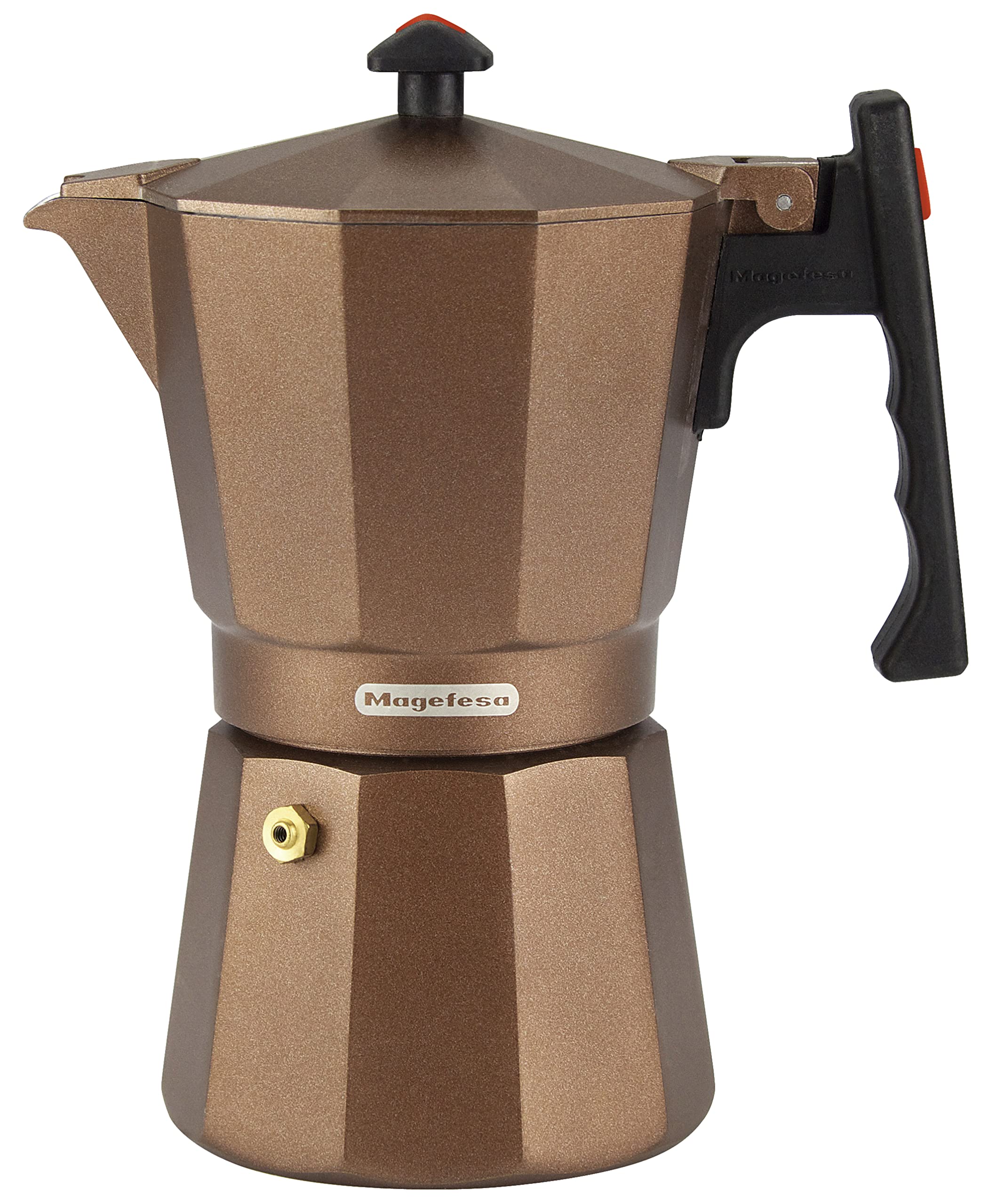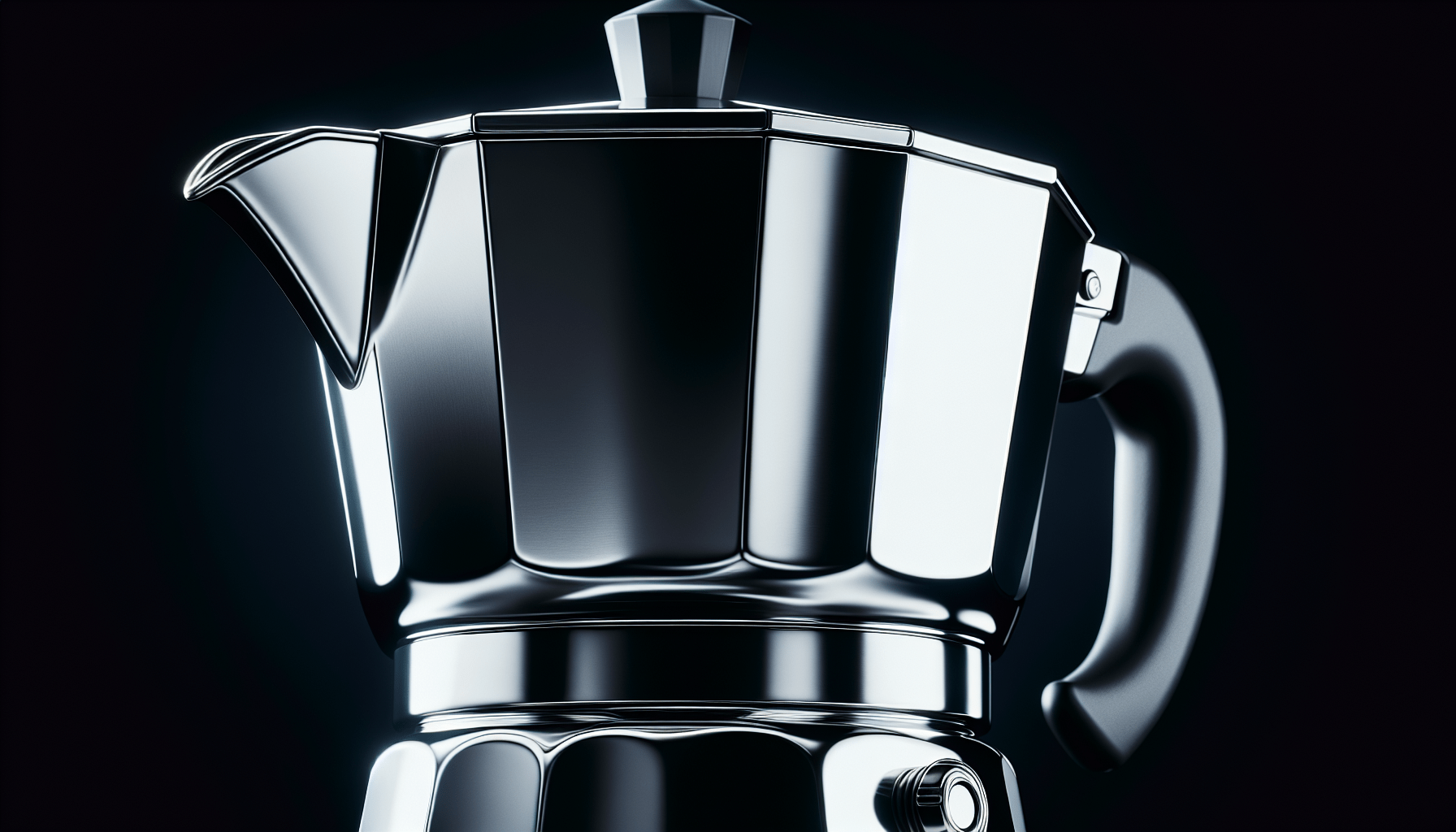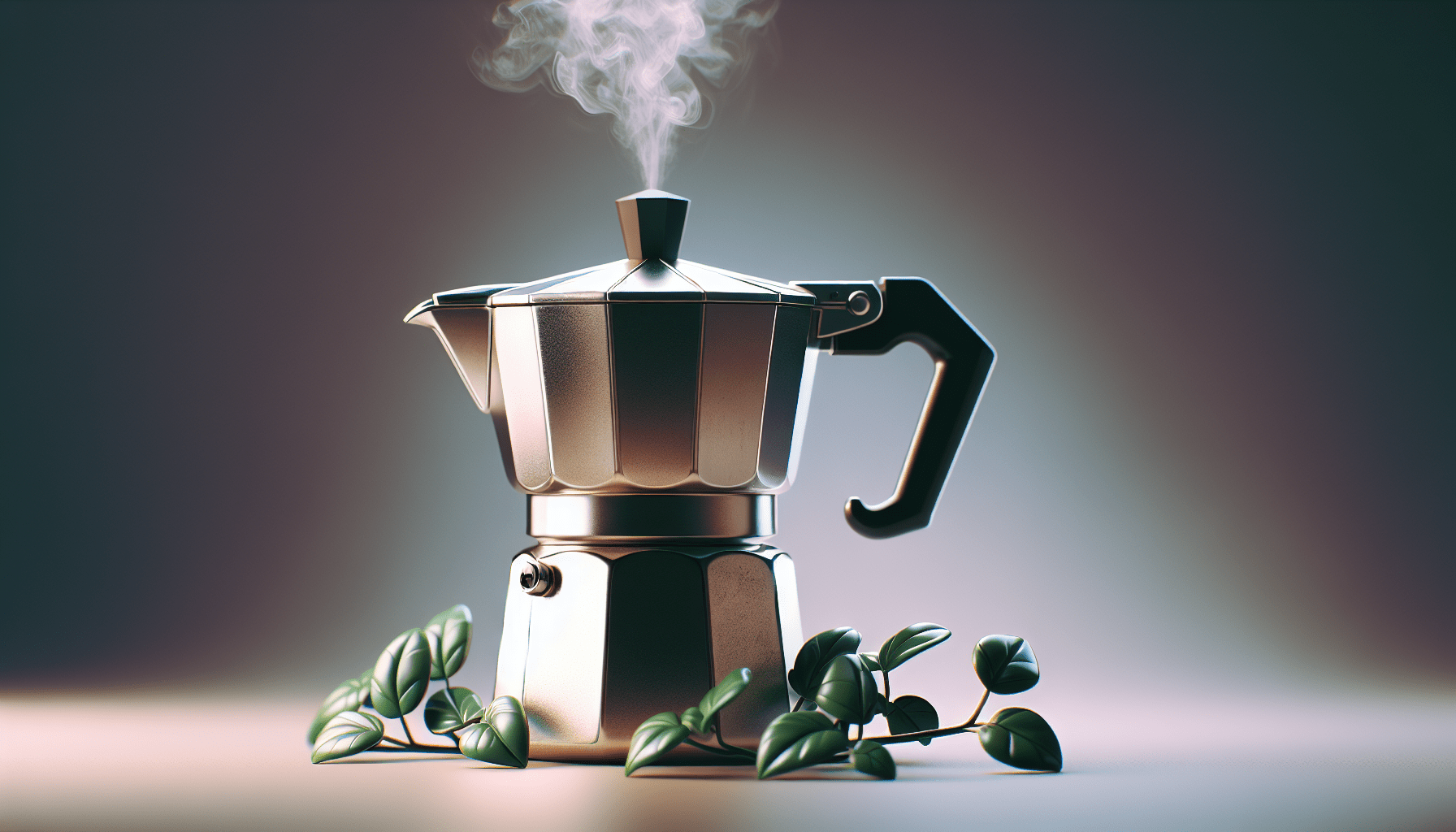Sure, we’ve all found ourselves craving a delicious cup of Colombian coffee at some point. But what if you don’t have a fancy coffee machine at home? Well, fear not, because today we’re here to answer the burning question on your mind: Can you use a stovetop espresso maker to make Colombian coffee? Whether you’re a coffee aficionado or just looking to try something new, we’ll take a closer look at the possibilities and potential pitfalls of using a stovetop espresso maker to brew that rich, full-bodied Colombian coffee you love. So grab your favorite mug and let’s dive into the world of coffee brewing!
Understanding Colombian Coffee
Colombian coffee is renowned worldwide for its rich flavor and unique characteristics. It is no surprise that coffee lovers around the globe are eager to experience the delightful taste of this iconic beverage. Before we delve into the details of making Colombian coffee with a stovetop espresso maker, let’s gain a deeper understanding of the origin and characteristics of this enticing brew.
Origin and characteristics
Colombian coffee originates from the coffee-growing regions of Colombia, where the perfect combination of altitude, climate, and soil conditions create an ideal environment for cultivating high-quality coffee beans. The country’s unique geography, with its mountainous terrain and vast coffee plantations, contributes to the distinct characteristics of Colombian coffee.
Colombian coffee is known for its medium to high acidity, accompanied by a well-balanced flavor profile that exhibits hints of sweetness, nuttiness, and even floral notes in some varieties. This balance of acidity and flavor intensity makes Colombian coffee a crowd-pleaser among coffee enthusiasts.
Traditional brewing methods
Traditionally, Colombian coffee is brewed using methods that showcase its flavors and maintain its authenticity. One of the popular methods is the use of a stovetop espresso maker, also known as a moka pot. This versatile brewing device is known for its ability to extract rich and robust flavors, perfect for capturing the essence of Colombian coffee.
Introduction to Stovetop Espresso Makers
Stovetop espresso makers offer a convenient and cost-effective way to brew coffee with a strong and intense flavor. Let’s take a closer look at how these devices work, the different types available, and the pros and cons of using them.
How stovetop espresso makers work
Stovetop espresso makers work on a simple yet effective mechanism. They consist of a bottom chamber for water, a middle chamber for ground coffee, and a top chamber for the final brewed coffee. As the water in the lower chamber heats up, pressure builds, forcing the water to pass through the coffee grounds in the middle chamber and into the top chamber, resulting in a concentrated and flavorful espresso-like brew.
Types of stovetop espresso makers
There are several types of stovetop espresso makers available in the market, each with its own unique design and functionality. The most common ones are the classic aluminum moka pots and the stainless steel variants. Aluminum moka pots are known for their affordability and lightweight construction, while stainless steel models offer durability and better heat distribution.
Pros and cons of using a stovetop espresso maker
Using a stovetop espresso maker has its advantages and considerations. One of the key benefits is the ability to produce a strong and concentrated coffee, similar to espresso, without the need for expensive espresso machines. Additionally, stovetop espresso makers are portable and can be used on any stovetop or even on camping trips.
On the other hand, stovetop espresso makers require some learning curve to achieve the desired brew strength and consistency. They also have a relatively small brewing capacity compared to other brewing methods, which may not be ideal for larger households or gatherings.
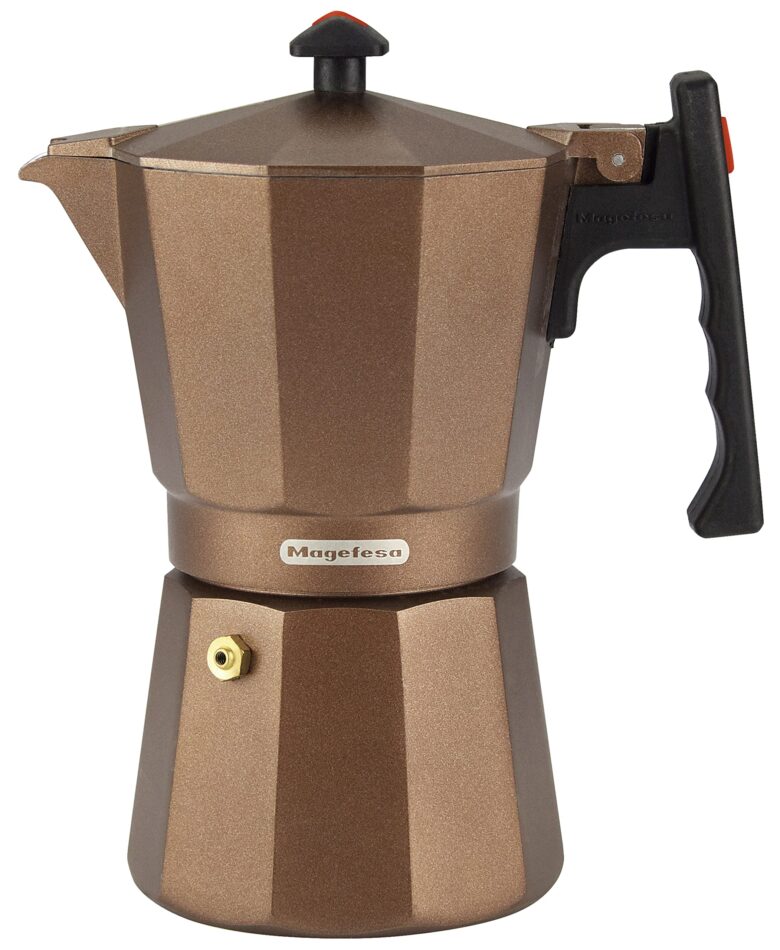
Differences Between Colombian Coffee and Espresso
While both Colombian coffee and espresso share the love for a rich and flavorful cup of joe, there are some key differences between the two. Let’s explore the variations in coffee bean variety, roasting profiles, and grind size that set Colombian coffee apart from espresso.
Coffee bean variety
Colombian coffee is primarily made from Arabica coffee beans, which are known for their delicate flavors and nuanced profiles. These beans are handpicked, ensuring only the ripest cherries make it to the final product. On the other hand, espresso can be made from a blend of different coffee beans, including Arabica and Robusta, which lend it a stronger and more robust flavor.
Roasting profiles
Colombian coffee is typically medium-roasted to preserve its complex flavors and acidity. The medium roast brings out the coffee’s natural sweetness and allows the subtle notes to shine through. In contrast, espresso beans are often roasted to a dark or medium-dark level to enhance their boldness and create a more intense flavor profile.
Grind size
Grind size plays a crucial role in the brewing process, and Colombian coffee and espresso require different grind sizes to achieve optimal results. Colombian coffee is usually brewed using a medium-coarse grind, allowing for a balanced extraction and preserving the characteristics of the beans. In contrast, espresso requires a much finer grind to ensure proper extraction under high pressure and produce the desired concentrated shot.
Making Colombian Coffee with a Stovetop Espresso Maker
Now that we have a solid understanding of Colombian coffee and stovetop espresso makers, let’s dive into the step-by-step process of making Colombian coffee using this versatile brewing device.
Choosing the right coffee beans
To make an authentic and flavorful Colombian coffee, start by selecting high-quality Colombian coffee beans. Look for beans that are freshly roasted and have a medium roast profile, as this will bring out the desired flavors and acidity.
Grinding the coffee beans
Grinding the coffee beans just before brewing is crucial to maintain the freshness and ensure optimal extraction. For stovetop espresso makers, a medium-coarse grind is recommended to help control the brewing process and prevent over-extraction.
Preparing the stovetop espresso maker
Before using the stovetop espresso maker, ensure it is clean and free from any residue. Disassemble the different components, wash them thoroughly, and dry them before reassembling. This helps maintain the taste and quality of your coffee.
Brewing the coffee
To brew Colombian coffee using a stovetop espresso maker, follow these steps:
- Fill the bottom chamber with fresh, cold water up to the pressure release valve.
- Insert the coffee basket into the middle chamber and fill it with the desired amount of ground coffee.
- Screw the top chamber onto the base, ensuring a tight seal.
- Place the stovetop espresso maker on low to medium heat.
- As the water heats up and pressure builds, you will start to hear a hissing sound.
- Once the top chamber is filled with coffee, remove the stovetop espresso maker from the heat source immediately to prevent over-extraction.
- Allow the device to cool slightly before pouring the brewed coffee into your cup.
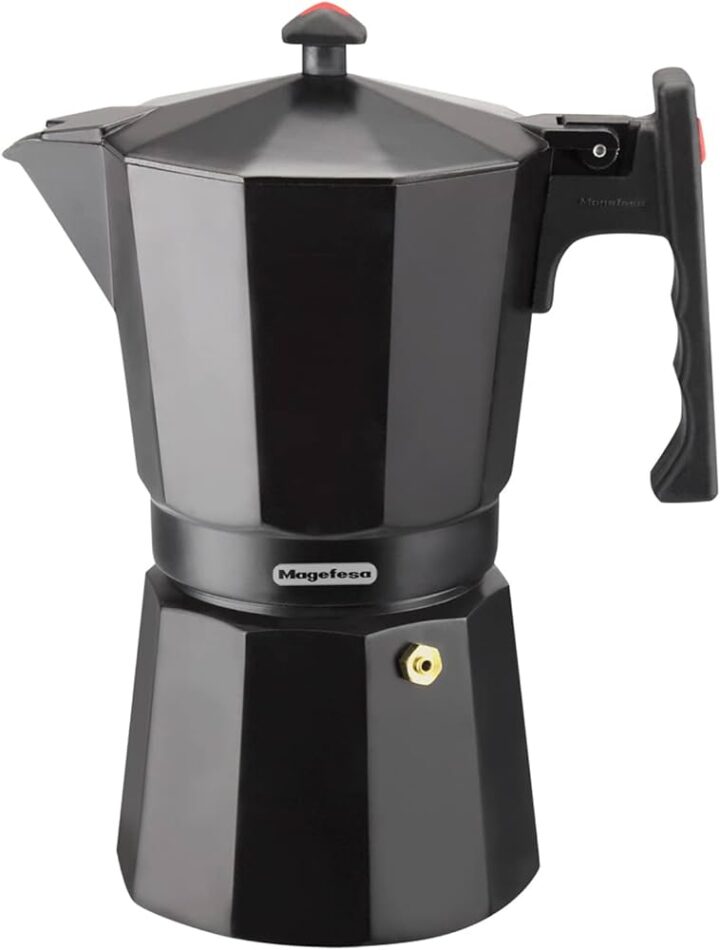
Tips for Brewing Colombian Coffee with a Stovetop Espresso Maker
Achieving the perfect brew requires attention to detail and some experimentation. Here are some essential tips to enhance your Colombian coffee brewing experience with a stovetop espresso maker.
Water temperature and brewing time
To extract the flavors and aromas of Colombian coffee effectively, it is essential to control the water temperature and brewing time. Aim for a water temperature between 195°F and 205°F (90°C and 96°C) for optimal extraction. Additionally, ensure that the coffee grounds are not in contact with the hot water for too long, as this can lead to over-extraction and a bitter taste.
Using the right coffee-to-water ratio
Experimenting with the coffee-to-water ratio is key to finding your preferred strength and taste. As a general guideline, start with a ratio of 1:15, which means using 1 gram of coffee for every 15 grams of water. Adjust the ratio according to your preference, whether you prefer a stronger or milder brew.
Cleaning and maintenance of the stovetop espresso maker
To preserve the flavor and performance of your stovetop espresso maker, regular cleaning and maintenance are crucial. After each use, disassemble the components, wash them with warm soapy water, and remove any coffee residue. If there is a significant buildup of residue, use a brush or toothbrush to clean hard-to-reach areas. Regular descaling is also recommended to prevent any mineral buildup and ensure optimal water flow.
Alternative Brewing Methods for Colombian Coffee
While a stovetop espresso maker is a fantastic option for brewing Colombian coffee, there are alternative methods that can provide equally delicious results. Here are three popular methods worth exploring:
French press
The French press method is known for its simplicity and ability to produce a rich and full-bodied coffee. To use a French press, coarsely grind the coffee beans, add them to the press, pour hot water over the grounds, and let it steep for a few minutes. Afterward, slowly press down the plunger to separate the coffee grounds from the brew before pouring.
Pour-over
The pour-over method allows for precise control over the brewing process and produces a clean and vibrant cup of coffee. It involves pouring hot water over a paper or metal filter containing finely ground coffee in a slow and steady manner. The coffee then drips into a receiving vessel, preserving the flavors and nuances of the Colombian beans.
Moka pot
Similar to a stovetop espresso maker, a Moka pot uses pressure to extract coffee. It consists of three chambers – the bottom chamber for water, the middle chamber for coffee grounds, and the top chamber for the brewed coffee. The Moka pot is heated on the stovetop, causing pressure to build and pushing water through the coffee grounds, resulting in a flavorful and rich brew.
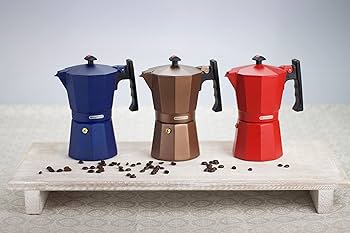
Experimenting with Stovetop Espresso Makers
One of the joys of using a stovetop espresso maker is the opportunity to experiment with different variables to create unique flavor profiles. Here are some variables to consider and play around with:
Adjusting variables for different flavor profiles
By varying the grind size, coffee-to-water ratio, and brewing time, you can create a range of flavor profiles with your stovetop espresso maker. Try a finer grind for a stronger and more intense flavor, or a coarser grind for a milder and smoother cup. Adjust the coffee-to-water ratio and brewing time to find the perfect balance that suits your taste preference.
Combining Colombian coffee with milk and other ingredients
Stovetop espresso makers are not limited to producing black coffee. You can experiment with different combinations by adding milk, sweeteners, or even spices to enhance the flavor of Colombian coffee. Create your own signature latte or cappuccino using the concentrated brew from your stovetop espresso maker.
Common Mistakes to Avoid
Brewing Colombian coffee with a stovetop espresso maker is relatively straightforward, but there are a few common mistakes to avoid to ensure a perfect cup every time.
Using pre-ground coffee
Pre-ground coffee may have lost some of its freshness and flavor. To enjoy the true essence of Colombian coffee, it is recommended to grind the beans just before brewing. This helps preserve the delicate flavors and aromas that make Colombian coffee so unique.
Overheating the coffee
When using a stovetop espresso maker, it is important to remove it from the heat source as soon as the top chamber is filled with coffee. Allowing the coffee to overheat can lead to a burnt taste and compromise the overall quality of the brew.
Neglecting the cleaning of the stovetop espresso maker
Regular cleaning and maintenance of the stovetop espresso maker are essential for maintaining the taste and performance of your coffee brewing. Neglecting to clean the device after each use can result in a buildup of residue, affecting the flavor of future brews.
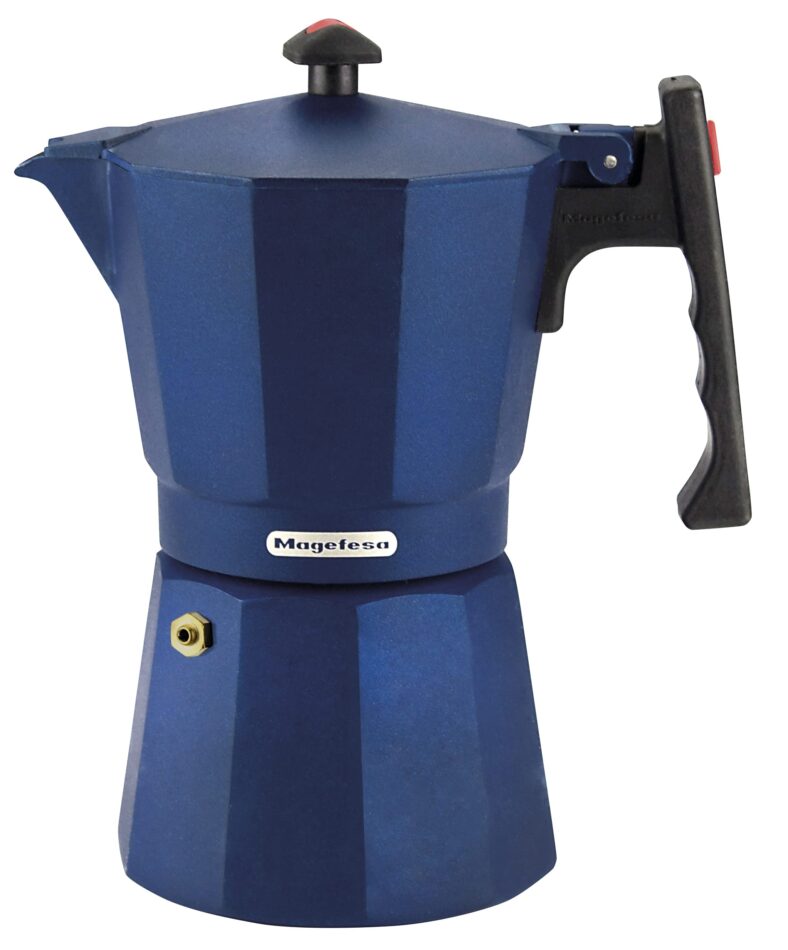
Final Thoughts
Stovetop espresso makers offer a fantastic way to brew Colombian coffee and enjoy its unique flavor profile. With a bit of practice and experimentation, you can unlock a world of flavors and create your own perfect cup of Colombian coffee at home. Whether you prefer the rich and robust flavors of a stovetop espresso or the subtle nuances of a French press, Colombian coffee never fails to deliver a truly delightful experience. So go ahead, grab your stovetop espresso maker, select your favorite Colombian beans, and embark on a journey of taste and aroma that will leave you craving for more. Cheers to the versatility and enjoyment of Colombian coffee!

